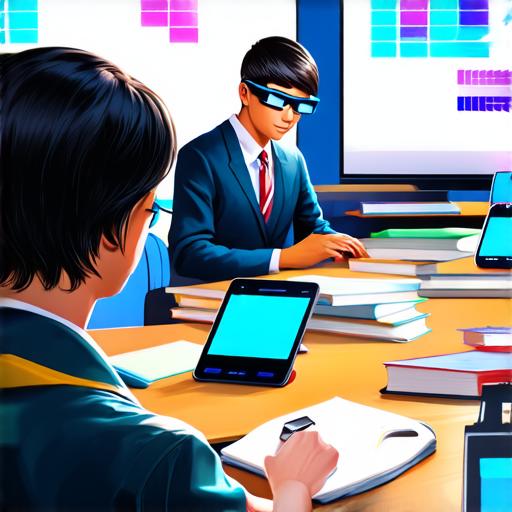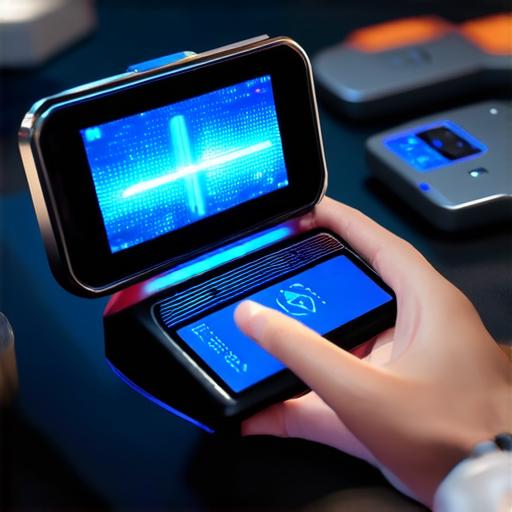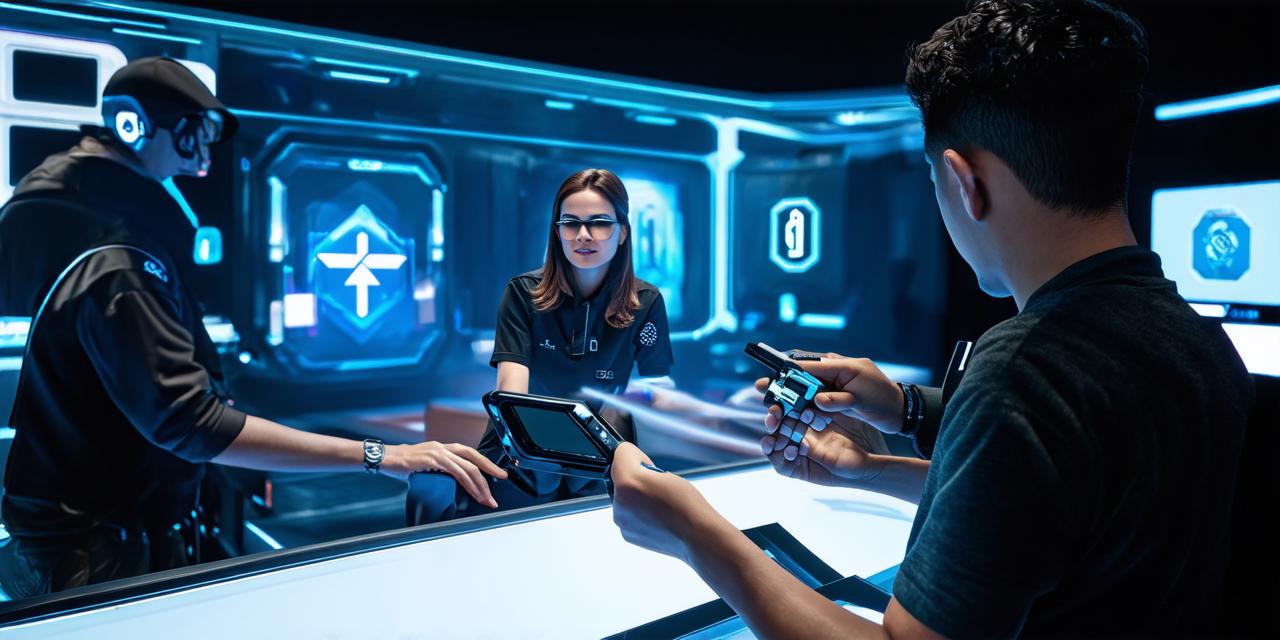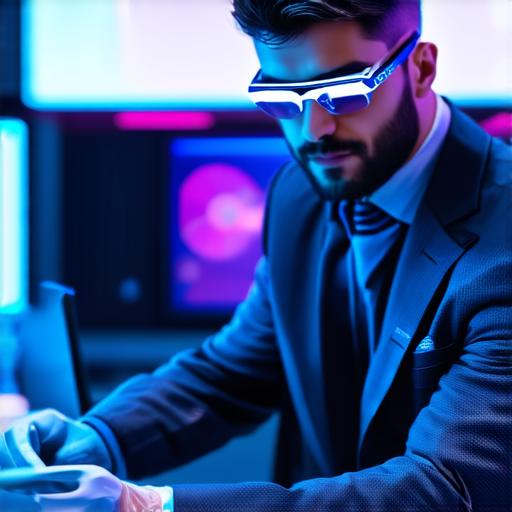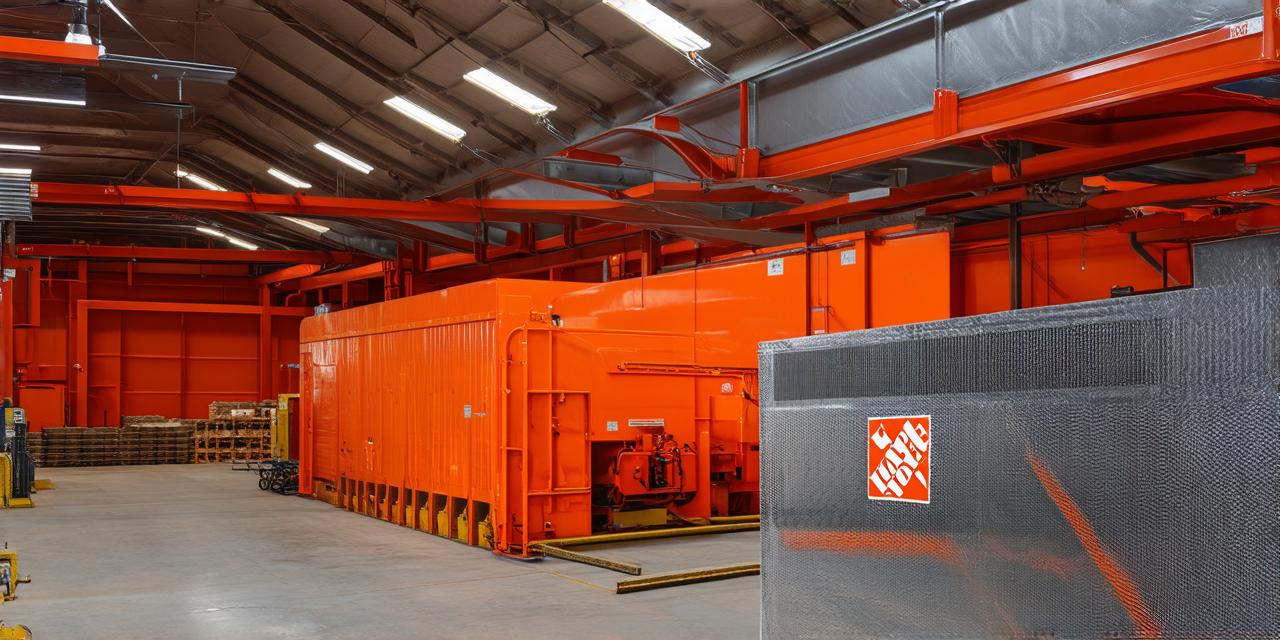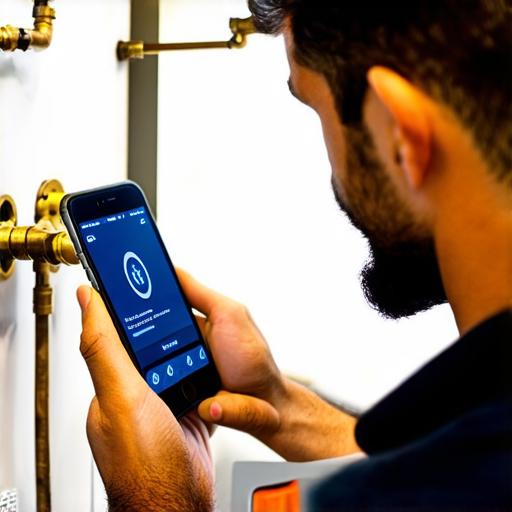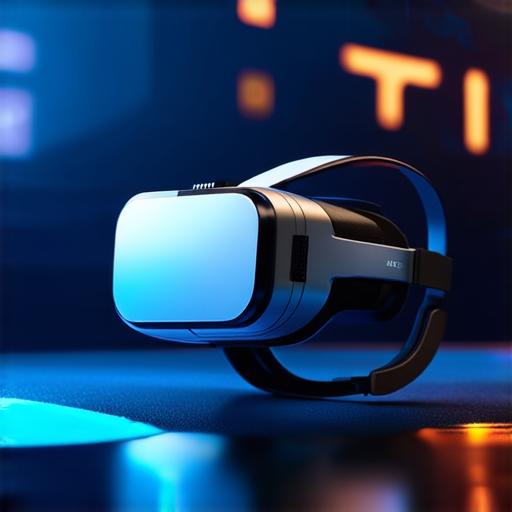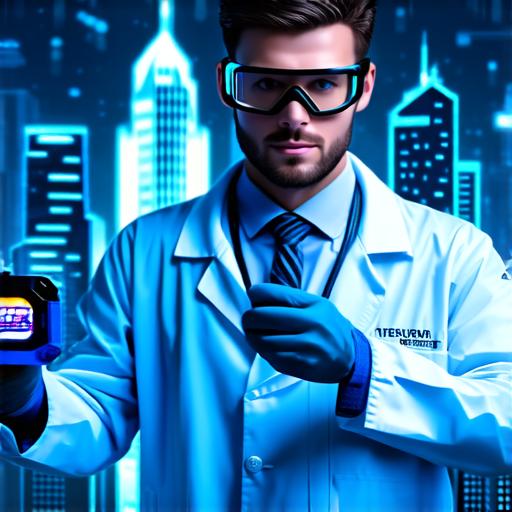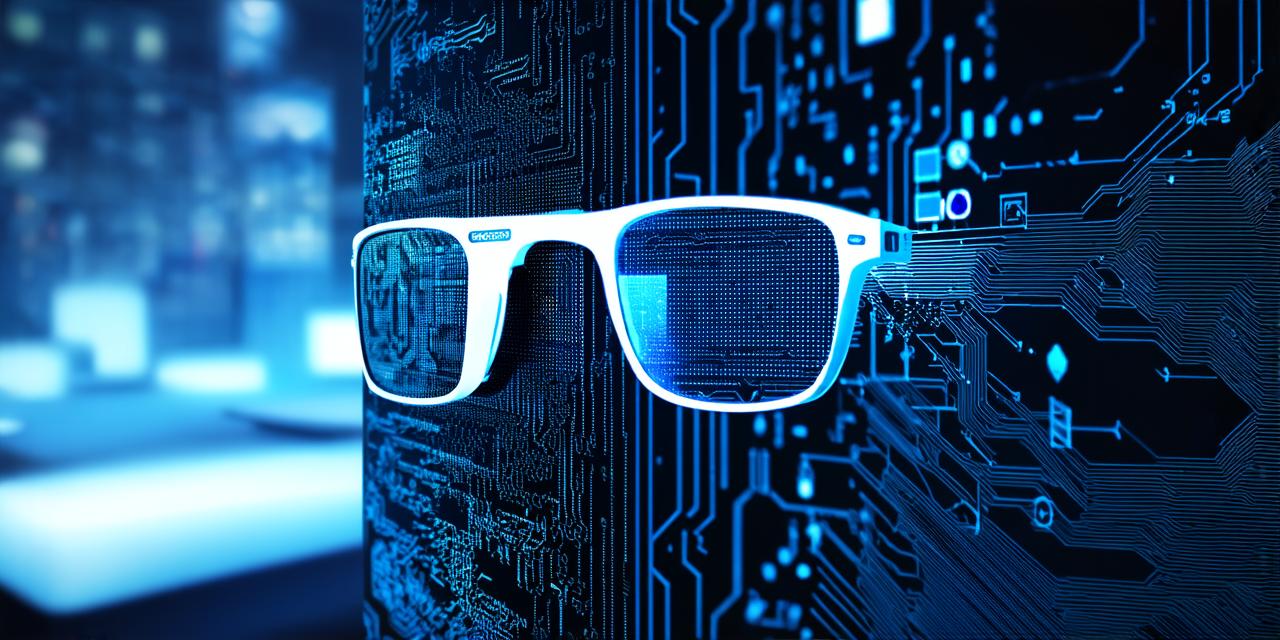How to utilize Amazon’s augmented reality feature
Introduction
AR technology has become increasingly popular in recent years, with many businesses looking to create interactive and engaging experiences for customers. Amazon’s AR feature allows developers to create AR content that can be accessed through the Amazon app. This feature is particularly useful for retailers looking to showcase products in a more immersive way. In this article, we will explore how to utilize Amazon’s AR feature effectively and provide examples of successful AR experiences on Amazon.
What is Augmented Reality?
AR is a technology that overlays digital content onto the real world. This allows users to interact with virtual objects in their physical environment, creating a more immersive experience. AR can be used for a variety of purposes, including product visualization, education, and entertainment. AR technology has been around for several years, but it has become increasingly popular in recent years due to advancements in smartphone technology and the rise of social media platforms.

Amazon’s AR Feature
Amazon’s AR feature is designed to allow developers to create interactive and engaging experiences for customers. This feature can be accessed through the Amazon app and allows users to view products in a more immersive way. For example, a customer could use the AR feature to see how a piece of furniture would look in their home before making a purchase. The AR feature also allows customers to try on clothes virtually, see how makeup would look on their face, and visualize how furniture would fit into their space.
Case Studies
There are many successful examples of AR experiences on Amazon. One such example is the IKEA Place app, which uses AR to allow customers to visualize how furniture would look in their homes. This app has been downloaded millions of times and has helped customers make more informed purchasing decisions. Another example is the L’Oreal Paris AR Try-On app, which allows customers to try on makeup virtually. This app has been downloaded over 10 million times and has helped customers find the perfect shade of lipstick or eyeshadow.
Best Practices for Creating AR Experiences on Amazon
When creating AR experiences on Amazon, it’s important to keep a few best practices in mind. First, make sure your AR content is easy to use and understand. Users should be able to interact with the AR content without needing extensive instructions or tutorials. Second, make sure your AR content is visually appealing. Use high-quality graphics and animations to create an engaging and immersive experience for users. Third, consider using real-time data and analytics to improve your AR experiences. For example, you could use data on customer behavior to adjust the AR content in real-time, making it more relevant and engaging for users. Fourth, ensure that your AR experiences are optimized for mobile devices, as most customers will be accessing them through their smartphones or tablets. Fifth, make sure your AR experiences are scalable and can handle a large number of users to avoid crashes or lag.
Conclusion
Amazon’s augmented reality feature is a powerful tool for AR developers looking to create interactive and engaging experiences for customers. By following best practices and using case studies as examples, you can create successful AR experiences on Amazon that resonate with your target audience. Remember, the key to creating a successful AR experience is to make it easy to use, visually appealing, and relevant to the user’s needs. With these tips in mind, you can utilize Amazon’s AR feature effectively and create engaging experiences for your customers.




